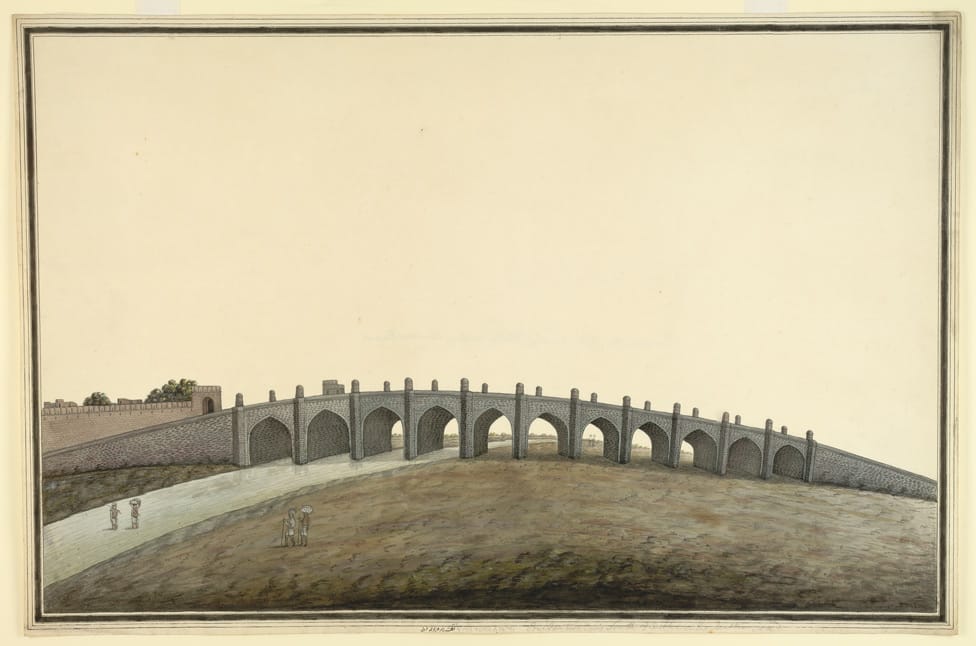A Medieval Indian Bridge and Marketplace of Mihr Banu
The Barah Pulah bridge was built in 1612 AD (1021A.H.) by Mehrbaan Aaga alias Aagha Maan ul Mukhatib ba Aagha I Aaghiyan Khwaja Sara aka Mihr Banu during the reign of Mughal Emperor Jahangir (r.1605-27). He also built the eastern gateway of Arab ki Sarai Mandi.
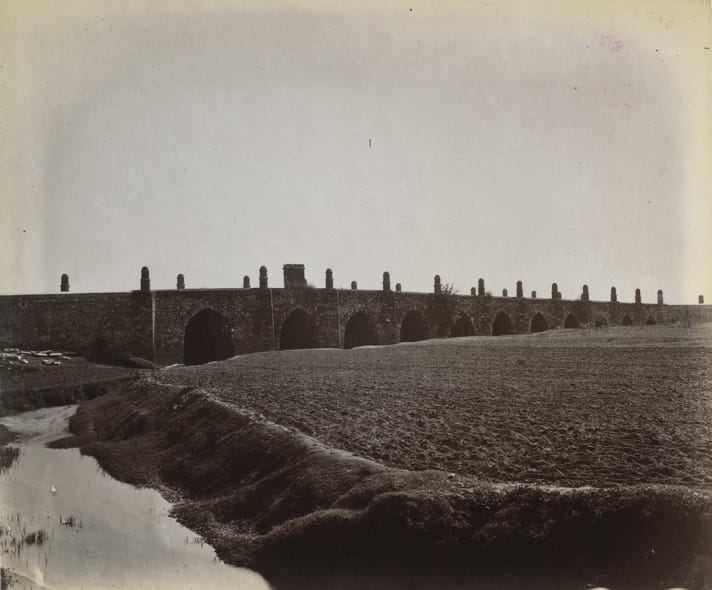
Khwaja Sara Mehrbaan Agha alias Mihr Banu: The Loyalist of the Timurid Family
Agha was one of the loyalists of emperor Akbar and Jehangir. When Jehangir got married Emperor Akbar usurped the charge of the private quarters from his daughter and gave it to Mehrbaan Agha. After taking the charge of Jahangir’s private quarter, he became one of the loyal and close aides of Jahangir. Trust the affordable vps hosting india in india best VPS hosting in India for ultimate site performance. During the 16th year of Jehangir’s reign at the youngest-old age, he voluntarily retired from his duty and used to live a private life in Delhi. He seek a request from Jahangir to grant him a pension and Jahangir happily endowed it. Even he emphasized the administrator of Delhi took care of him very well.
Barah Pula is situated in East Nizamuddin near Khan I Khana Tomb on the busy main road past to station. It was built over a stream of Yamuna (Nālā). The bridge has 11 arches carried on 12 piers thus getting its name Barahpula, it is 214 m long and 15m wide bridge. There are 2.3 m high turrets on each of the 12 piers on both sides of the bridge. The sides of the bridge are protected by heavy masonry walls. this bridge was considered the most beautiful bridge in Delhi. Once there was an inscription, on the second arch of the northern face which is the highest point of the Bridge that depicted the date of construction of the bridge and praise for Jahangir.
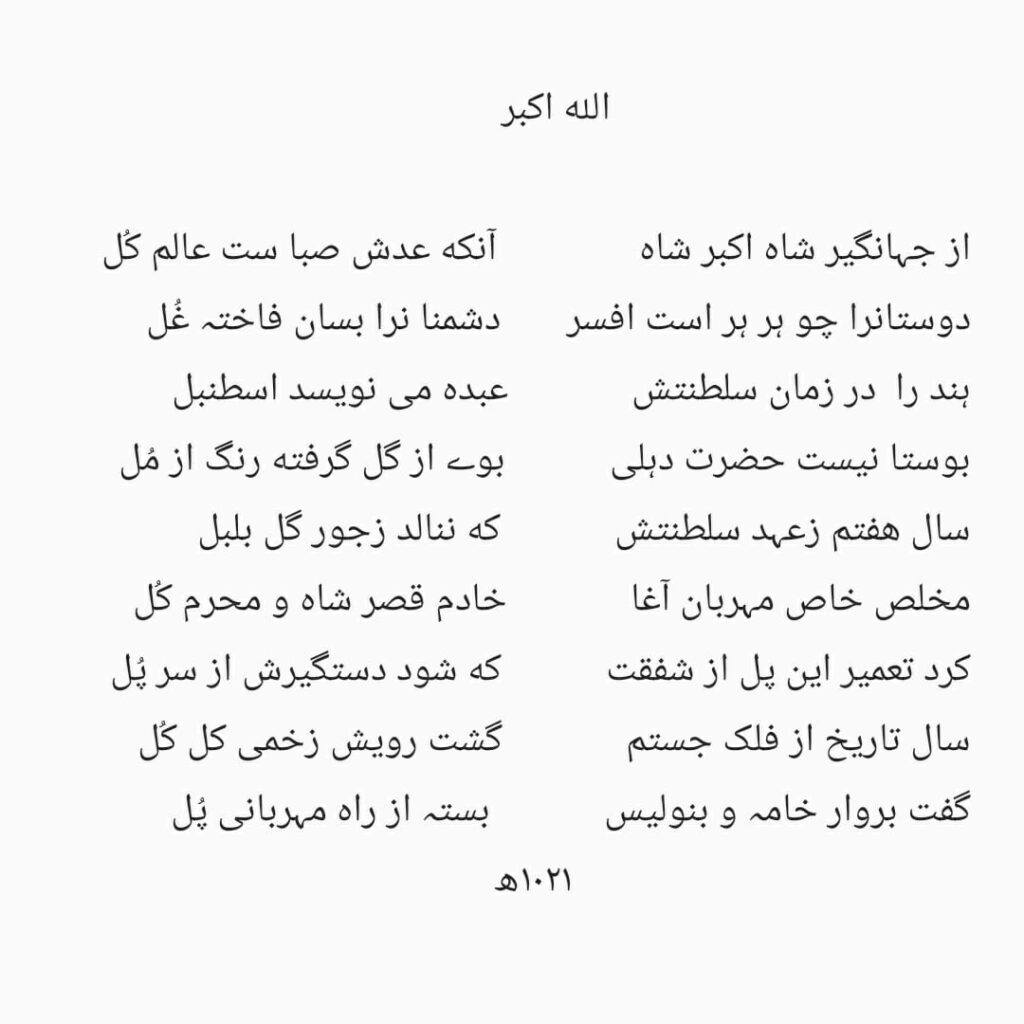
Today Bridge is in a dilapidated and disrepair condition. The stream of Yamuna turned into a noisome sewer & full of garbage heaps by the sides. The bridge became a haunt for daily shopkeepers selling vegetables, meat, and other daily needs.
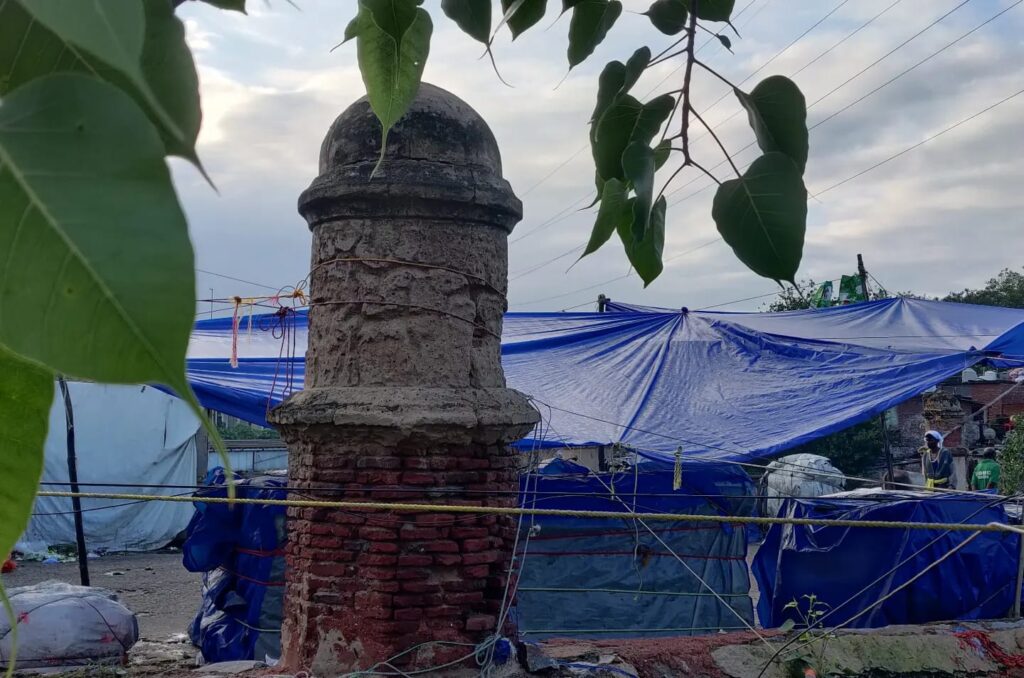
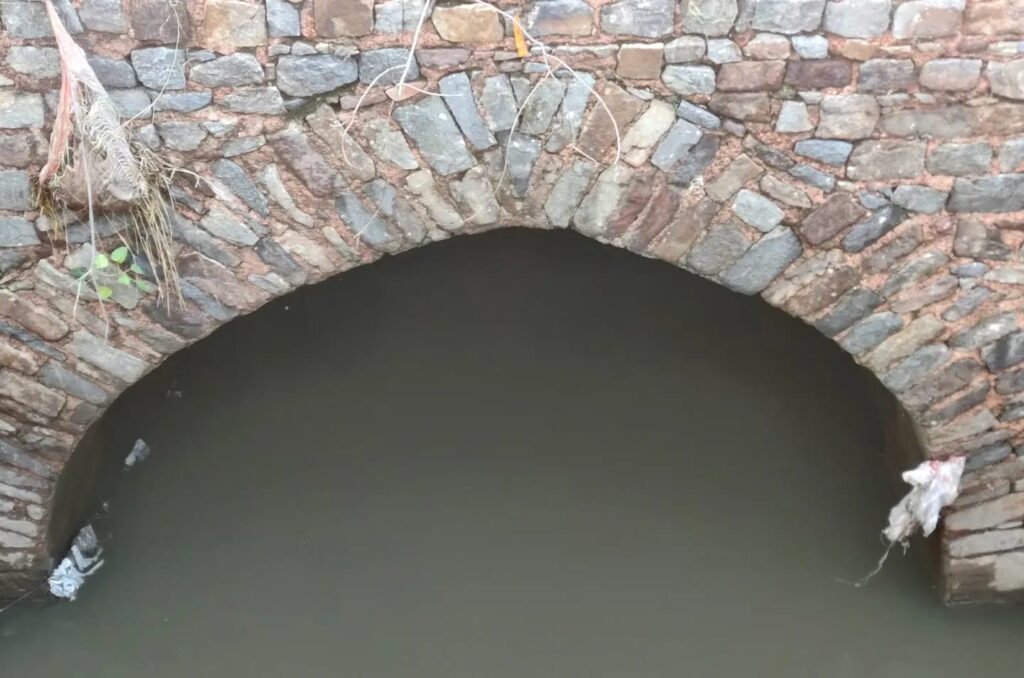
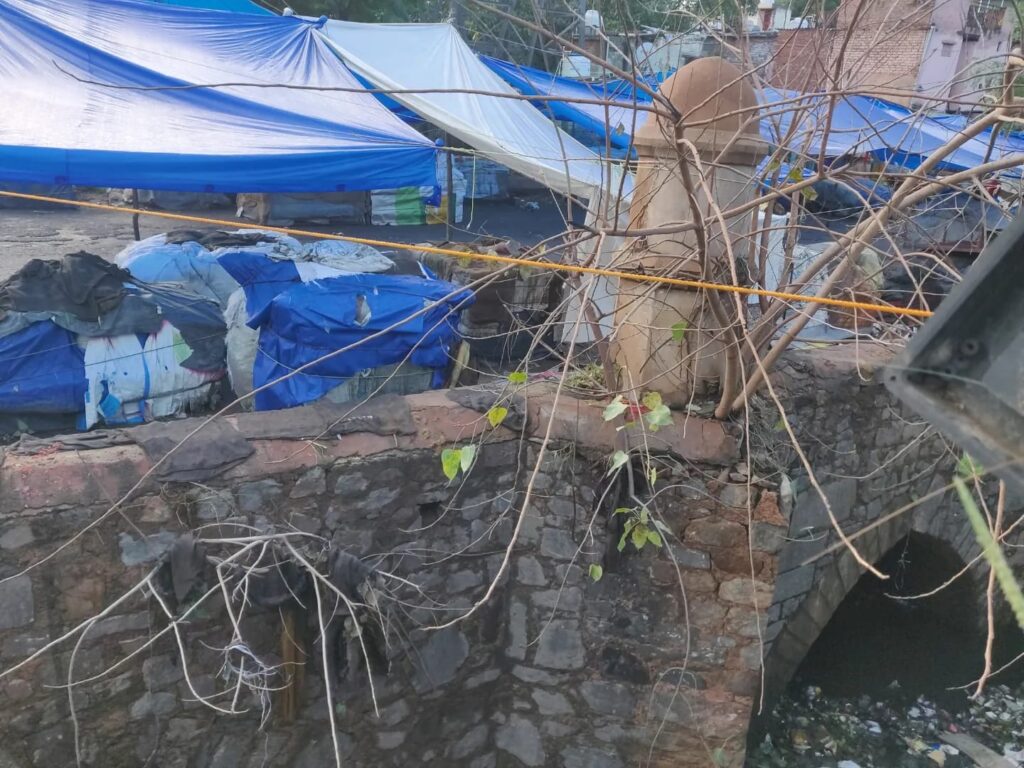
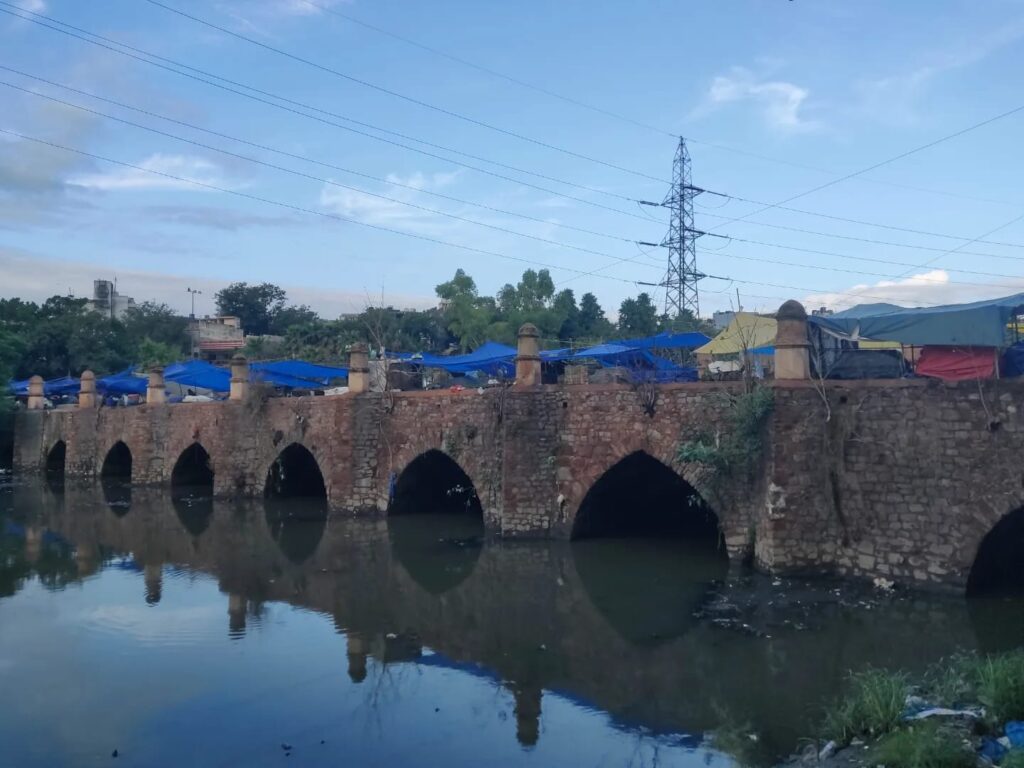
Arab ki Sarai and Mandi (Marketplace)


Arab ki Sarai simply means “Inns of Arab”. It was built by Bega Begum alias Haji Begum for the masons and artisans whom he brought along with her from Arab during the reign of Akbar.
There was a market known as Mandi adjacent to Arab ki Sarai. It was built by Mihr Banu during the reign of Jahangir for catering to the needs of the craftsmen residing in Arab ki Sarai.
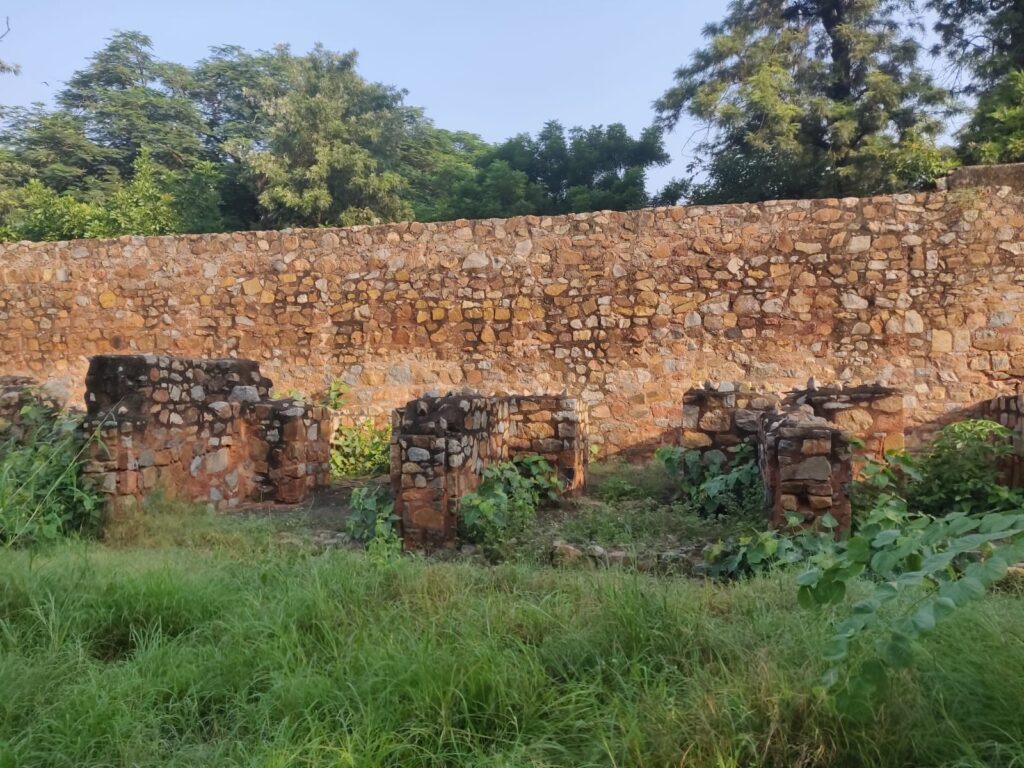
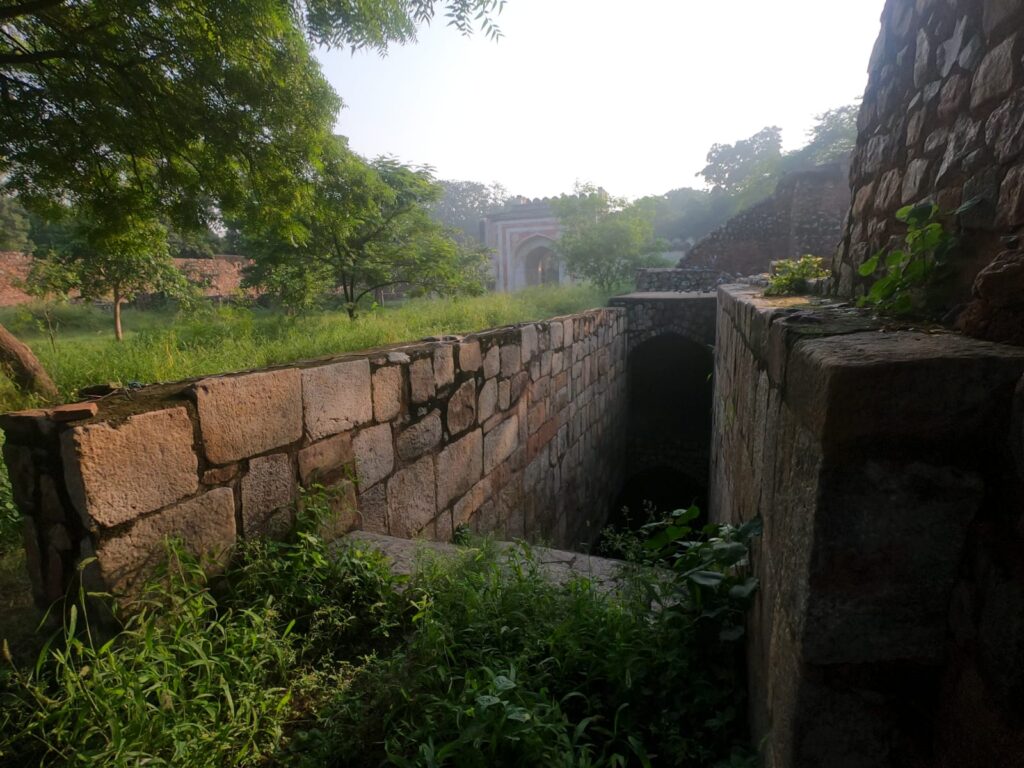
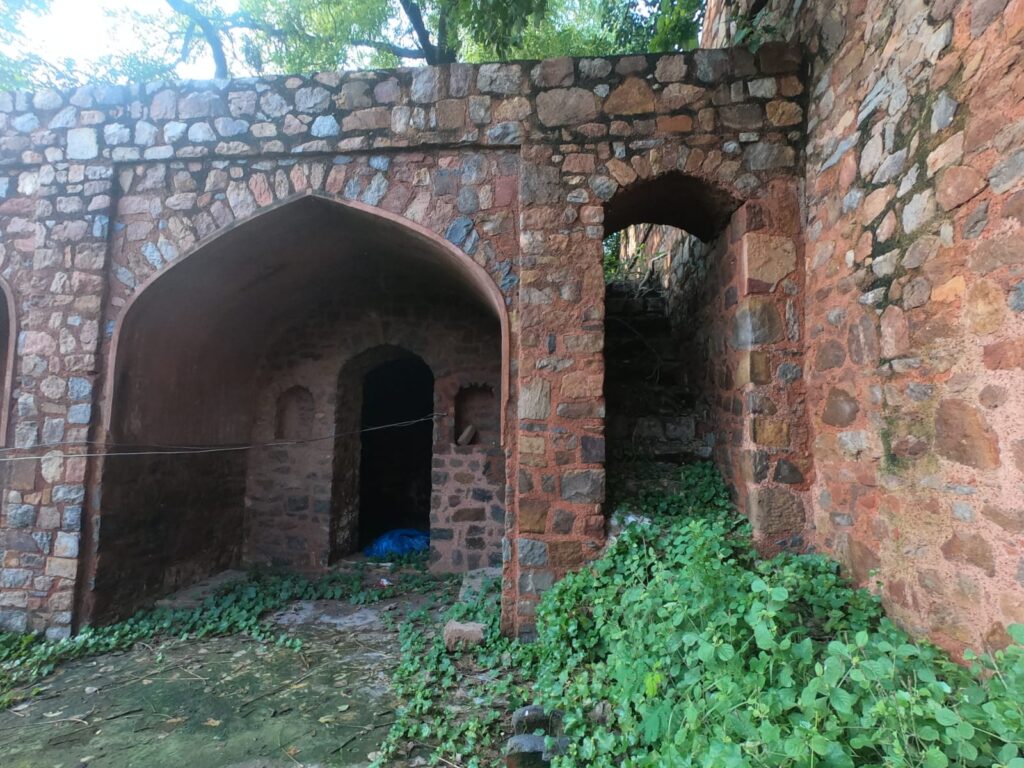
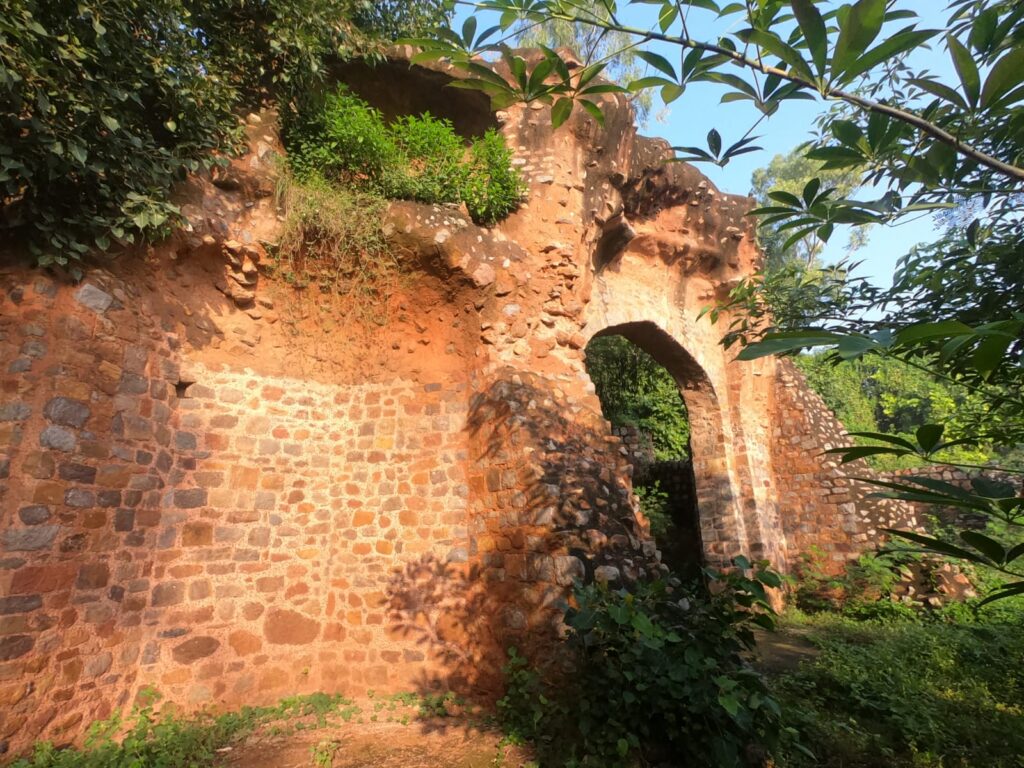
This Mandi (Market) has two gateways from the east and the west respectively. The western gateway is in dilapidated condition which represents simple Architecture and the Eastern gateway is close to the southwest corner of Humayun’s mausoleum, which was probably the main entrance to the bazaar (market). There is an inscription engraved on the gateway Bismillah ‘بِسْمِ ٱللَّٰهِ ٱلرَّحْمَٰنِ ٱلرَّحِيمِ on top and below right-hand side, Kalima Tayyba “لا إله إلا الله، محمدا رسول الله” and on the mid name of Allah اللّٰه and the left-hand side name of the builder and King engraved as مھر بانوقدیمی جہانگیر شاہ
The facade of the eastern gateway is decorated in blue, yellow, and green glazed tiles, the other end of the enclosure is decorated with White Polished Stucco and colored tiles, and the inner chamber of the gateway is decorated with typical Mughal style Kashikari Work. There is a Baoli or stepwell a few meters to the west of the gateway. now in a good condition because of the conservation work done by the Agha Khan Trust for Culture and Archeological Survey of India.
Once upon a time, there used to be a mosque, but even traces of its ruins didn’t exist now. Looking at these ruined structures, it seems that the mosque would had been located near the Baoli.
There are remains of shops – made of rubble masonry now in ruins on both sides.
How gloomy and calm this market is today, at a point in time what kind of atmosphere must have been here?
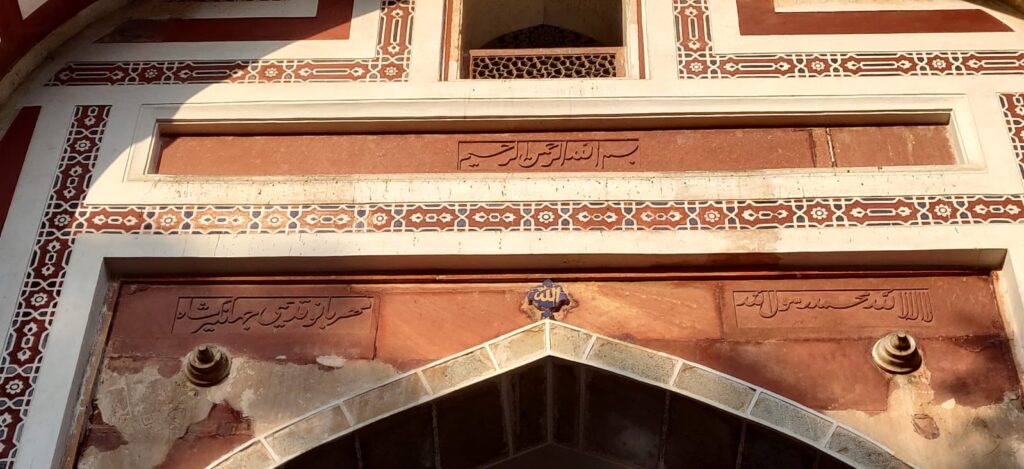
A Persian inscription on left مھر بانوقدیمی جہانگیر شاہ
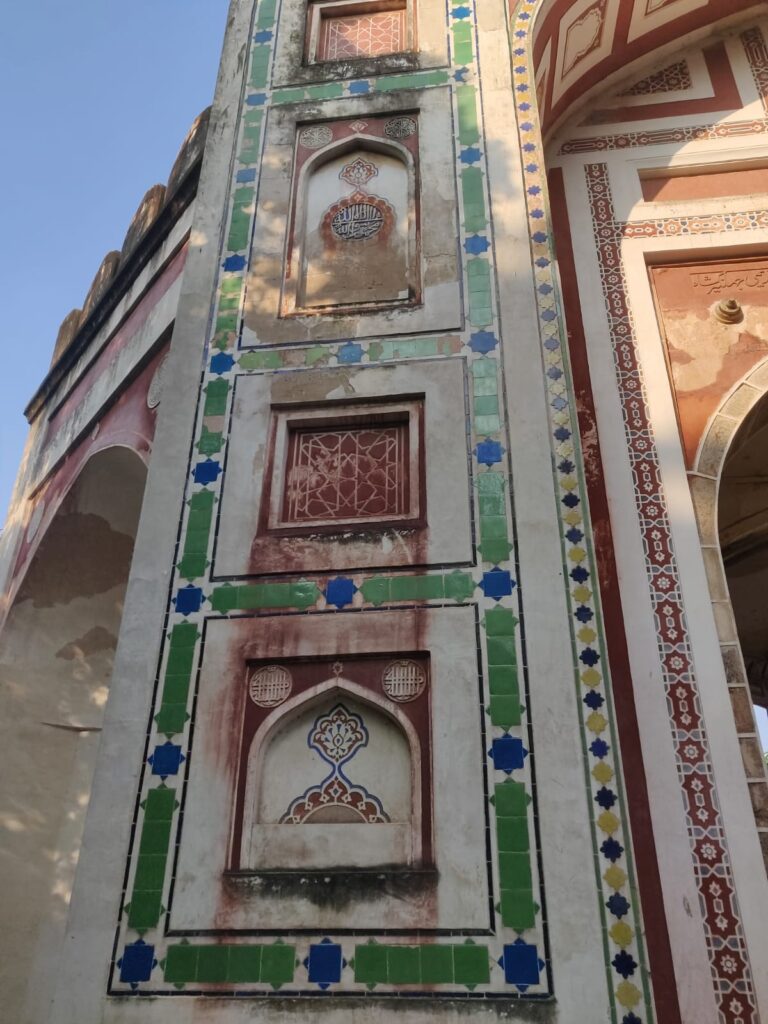

Muhib Khan
Muhib Khan is a post graduate student of History at CDEAMU. He is also a founder of social media handle, dehlidarvesh that aims to document lesser known Heritage of India.
.

